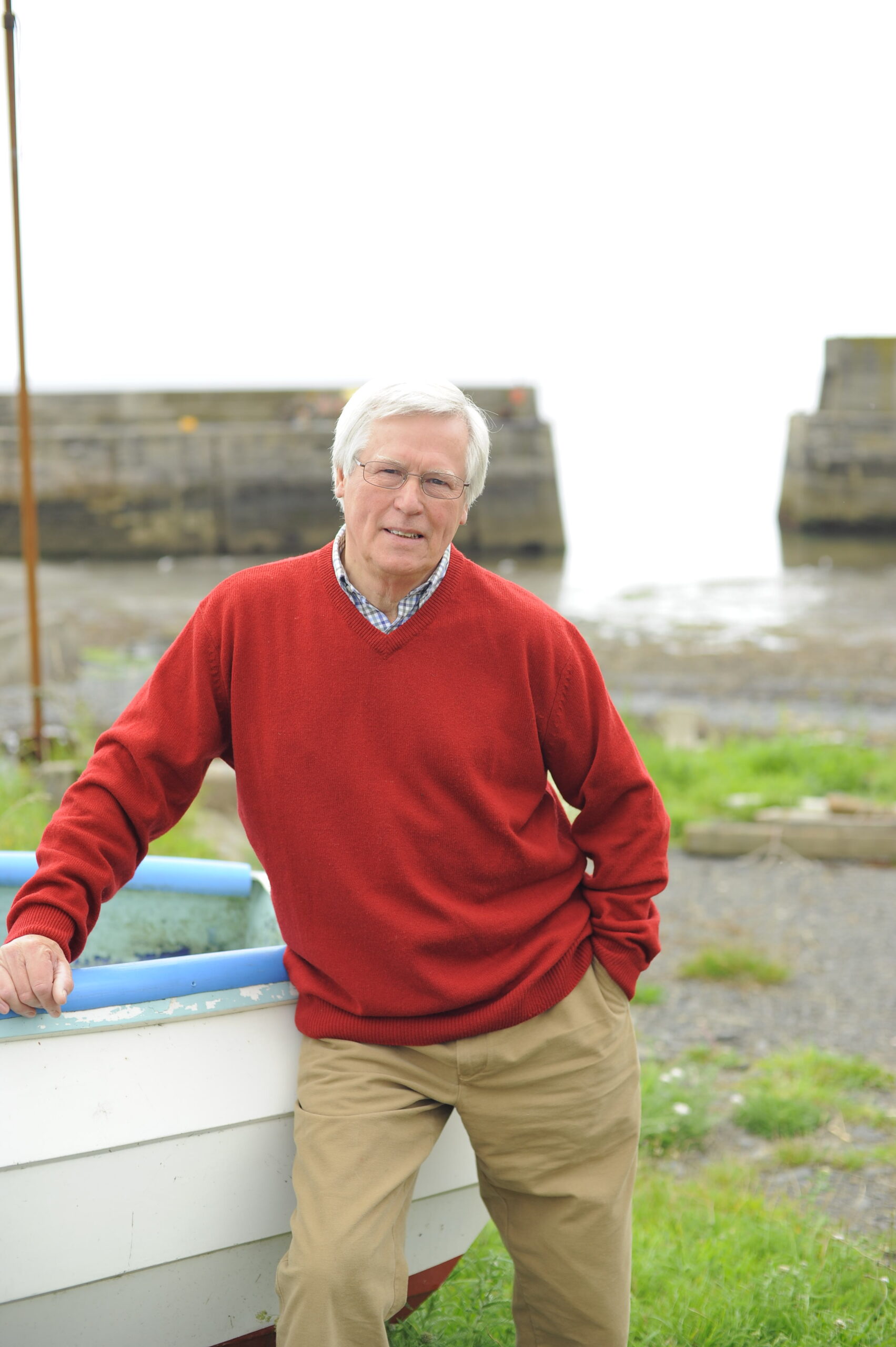It’s a sign of the times that has been called “the scandal of the secret paths”. Exactly 50 years after the Countryside Act came into force and ordered councils in England and Wales to erect signposts wherever public footpaths split away from metalled roads, campaigners are claiming that many paths are still unmarked.
“Signposts give people the confidence to use and enjoy paths, and we are gathering examples of where highway authorities are failing in their duty,” says Kate Ashbrook, general secretary of the Open Spaces Society (OSS), Britain’s oldest national conservation body. “Without a signpost, a public path can be a well-kept secret, which is a scandal. In many cases they had been signposted but farmers or landowners have removed them.”
Throughout this anniversary year, the OSS is compiling a list of blackspots that it says already includes sites in Derbyshire, Buckinghamshire, Cornwall, Dorset, Norfolk and East Sussex.
Rambling reporters
Also on the case are the Ramblers, whose Pathwatch campaign aims to get all footpaths well maintained by 2020.
Three years ago, members walked all 140,000 miles of the footpath network and discovered that 8,723 signs were missing at the start of routes and another 10,675 along the way. Information was sent to the relevant councils, in the hope that the signs would be replaced. “But over the past year, we have passed on 2,336 reports highlighting problems including missing or broken signage, so this is still a problem,” says the Ramblers’ Ellie Clewlow.
“Walkers can now report any path issues as they travel along them by using our app or our website (ramblers.org.uk). Without signage, some paths are falling into disuse and becoming inaccessible – a trend we are working hard to reverse.”
A signpost (also known as fingerpost) must show the status of the route it is pointing towards; a footpath is only for pedestrians; a bridleway can be used by cyclists, walkers, horse-riders; and a byway is open to motorised vehicles. The destination and distance do not have to be given but often are. Without a sign, walkers (especially those new to an area) may not take a route for fear of trespassing. This is no doubt the intention of the perpetrator, when a sign has been intentionally destroyed.
Footpath friends
It’s not all doom and gloom on the footpath front. In some areas there are distinct improvements. In South Gloucestershire, Tony Harris leads a team of seven volunteers from Southwold Yate Ramblers who scouted 700 miles of pathways over six months and listed more than 200 places where signposts were needed. “Some had been damaged during hedge trimming, some vandalised and others had possibly never been there at all,” he told me.
“Our local council took that on board and their public rights of way ranger checked out the sites and put up new signs. In addition every fortnight we do footpath maintenance with the help of the ranger. We replace broken styles with kissing gates and, where needed, add or replace waymarks to help people find their way.”
Across the country hundreds more volunteer teams are undertaking regular maintenance work that includes repairing bridges and hacking back overgrowth. Let’s salute their hard work as they make every effort to keep open and well signed the pathways that are a vital part of our rural heritage.
You can find out more about how to help protect our paths with information from the Ramblers' Pathwatch campaign.

